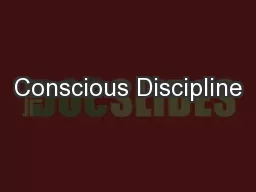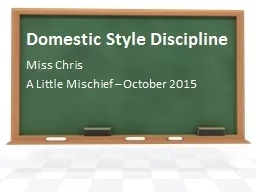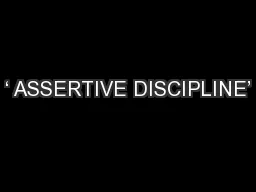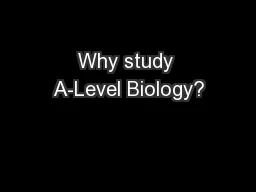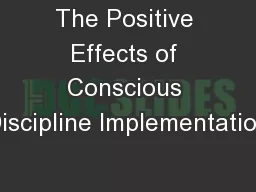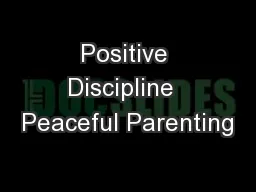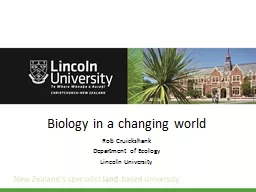PPT-Biology is a Discipline of Science
Author : inventco | Published Date : 2020-06-22
Using the scientific method biologists have discovered patterns in the living world that explain both its unity and diversity 1 Unit 1 Key learning The unity and
Presentation Embed Code
Download Presentation
Download Presentation The PPT/PDF document "Biology is a Discipline of Science" is the property of its rightful owner. Permission is granted to download and print the materials on this website for personal, non-commercial use only, and to display it on your personal computer provided you do not modify the materials and that you retain all copyright notices contained in the materials. By downloading content from our website, you accept the terms of this agreement.
Biology is a Discipline of Science: Transcript
Download Rules Of Document
"Biology is a Discipline of Science"The content belongs to its owner. You may download and print it for personal use, without modification, and keep all copyright notices. By downloading, you agree to these terms.
Related Documents


